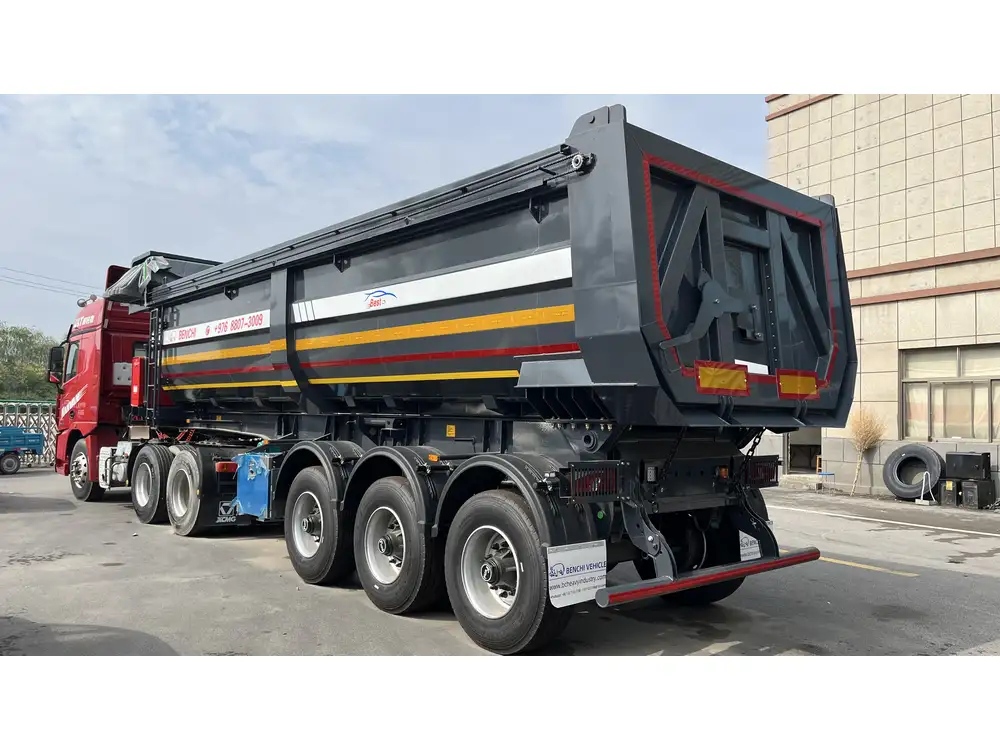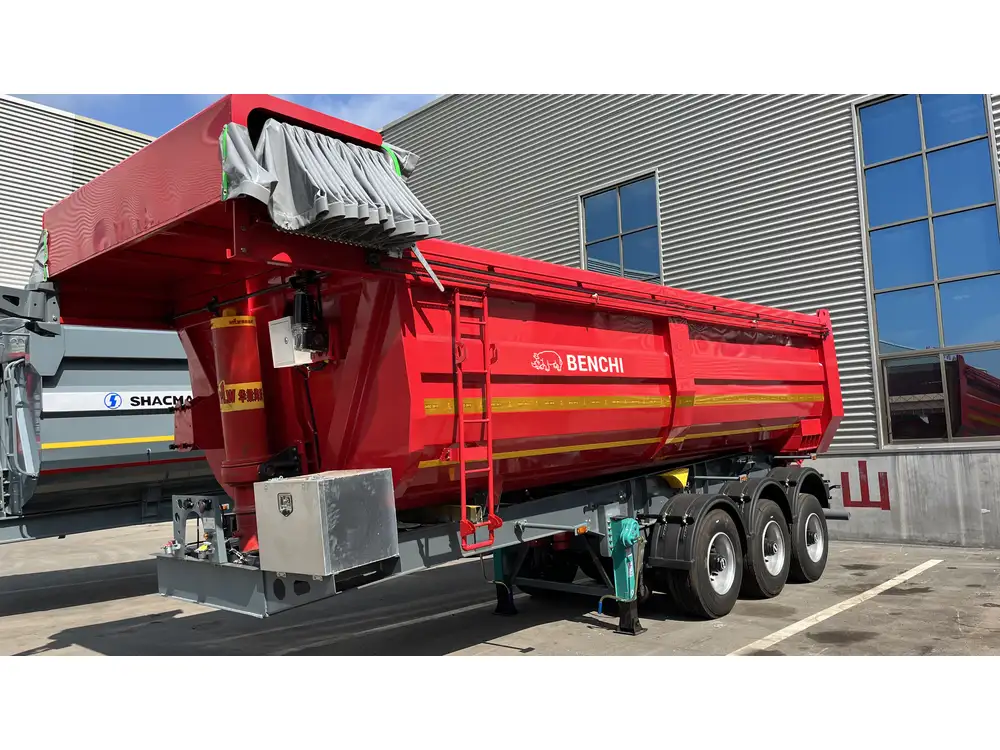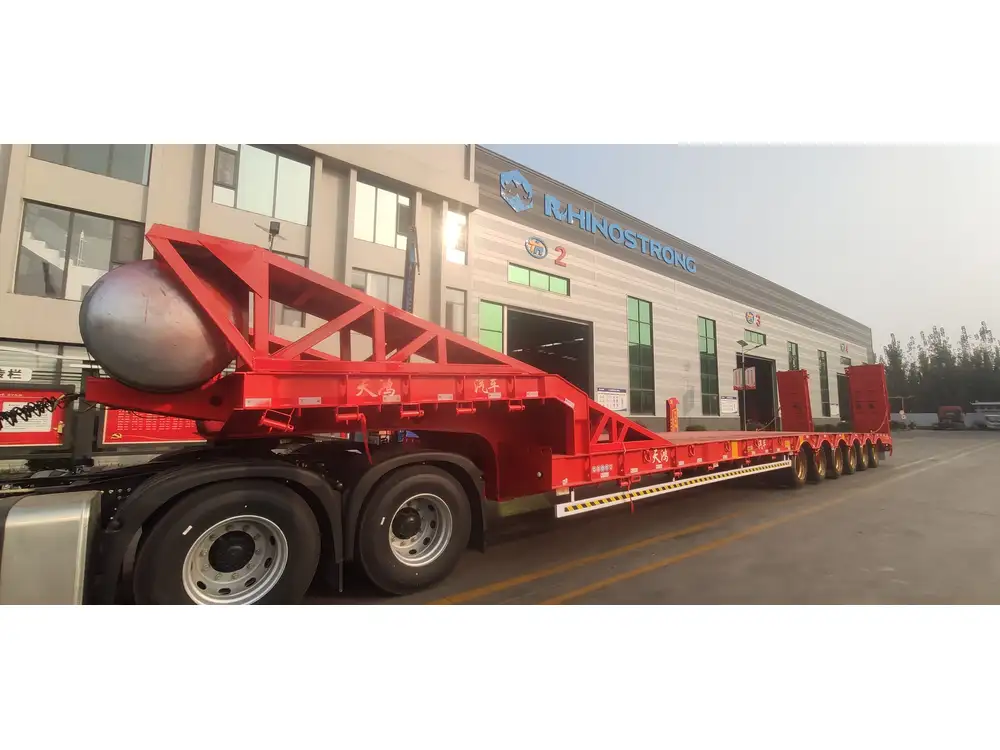When it comes to the logistics of transporting goods over long distances, one vital aspect that frequently arises is the size of a tractor trailer gas tank. The efficiency and effectiveness of long-haul trucking operations largely depend on fuel capacity, as it directly impacts route planning, operational costs, and downtime for refueling. In this article, we will delve deep into the intricacies of tractor trailer gas tank sizes, factors influencing these sizes, how they compare across different types of trucks, and practical considerations for fleet operators.
The Standard Size of Tractor Trailer Gas Tanks
Tractor trailers, often referred to as semi-trucks or 18-wheelers, typically house fuel tanks with a capacity ranging from 100 to 300 gallons. However, the most commonly seen configurations usually have 150 to 200-gallon tanks.
Table 1: Common Tractor Trailer Tank Capacities
| Tank Size (Gallons) | Average Range (Miles) | Typical Usage |
|---|---|---|
| 100 | 600-700 | Short-haul routes |
| 150 | 800-900 | Regional routes |
| 200 | 1000-1200 | Long-haul operations |
| 300 | 1500+ | Specialized hauling |

Factors Affecting Tank Size
Several factors dictate the fuel tank size of a tractor trailer, including:
Truck Type: Conventional tractors are generally equipped with larger tanks than day cab trucks, which are designed for short hauls.
Weight Restrictions: Legal weight limits play a crucial role in how much fuel a truck can carry. Drivers must remain under a predetermined Gross Vehicle Weight Rating (GVWR), and tank size must be adjusted accordingly.
Route Considerations: The distance between refueling stations influences the size of the tank. For routes with fewer stops, larger tanks are advantageous.
Fuel Efficiency: Modern engines are increasingly fuel-efficient, meaning that a large tank can translate into lower operational costs per mile. However, increasing tank size also adds weight, affecting fuel economy.
Comparison of Tractor Trailer Gas Tank Sizes
The diversity in tank sizes leads to various considerations when comparing different models and manufacturers. Here’s how they stack up:
Table 2: Comparison of Popular Tractor Trailer Models
| Model | Fuel Tank Size (Gallons) | Range on Full Tank (Miles) | Remarks |
|---|---|---|---|
| Freightliner Cascadia | 120, 150, 200 | 700 – 1,200 | Known for fuel efficiency |
| Kenworth T680 | 120, 150, 200 | 600 – 1,000 | Superior aerodynamics |
| Peterbilt 579 | 100, 150, 200 | 600 – 1,100 | As a high-end option, offers luxury |
| Volvo VNL | 100, 150, 200, 300 | 700 – 1,400 | Maximum comfort with high fuel economy |

Key Insights
- Freightliner Cascadia: Not only is this model versatile in fuel capacity, but its reputation for fuel efficiency reduces the need for excessively large tanks.
- Kenworth T680: Designed with a focus on aerodynamics, this model manages to cover longer distances efficiently even with modest tank sizes.
- Peterbilt 579: While it offers a plush driving experience, its fuel capacity is generally geared more towards short to medium-haul applications.
- Volvo VNL: With options for larger tanks, this model accommodates operators who deal with longer hauls needing minimal downtime for refueling.
Calculating Range and Consumption
Understanding the relationship between fuel tank size, fuel consumption, and the range of a tractor trailer is critical for effective operational planning.
Calculating Range
Range (Miles) = Fuel Tank Size (Gallons) x Fuel Efficiency (MPG)
For instance, a standard tractor trailer with a 150-gallon tank and a fuel efficiency of 6 MPG would have an estimated range of:
[ Range = 150 \text{ Gallons} \times 6 \text{ MPG} = 900 \text{ Miles} ]
Factors Influencing Fuel Efficiency
Driving Conditions: Highway driving tends to optimize MPG compared to stop-and-go traffic in urban areas.
Load Weight: Heavier loads necessitate more fuel, thus reducing overall efficiency. Fleet operators need to monitor their payloads closely.
Driving Behavior: Aggressive driving patterns lead to higher fuel consumption, underscoring the importance of training for drivers on eco-efficient driving techniques.
Practical Considerations for Fleet Operators
Choosing the Right Tank Size for Your Operations
When evaluating the appropriate size of gas tanks for a fleet, operators should consider:
Route Planning: Investigate potential refueling locations and average distances between them to optimize fuel tank sizes effectively.
Operating Costs: Calculate the potential savings from fewer refueling stops against the weight and cost of larger tanks.
Regulatory Compliance: Adhering to local laws on weight restrictions and fuel transport regulations will help in making informed decisions.
Driver Preferences: Gauging driver feedback on fuel management and handling variations in tank size can lead to better operational performance.

Maintenance of Fuel Tanks
Proper maintenance of fuel tanks is essential to ensure the longevity and reliability of a tractor trailer. Key maintenance practices include:
Regular Inspections: Check for leaks, dents, or corrosion, which can lead to fuel loss and environmental hazards.
Cleaning: Periodic cleaning to remove sludge and contaminants will keep the fuel system functioning optimally.
Monitoring Fuel Quality: Investing in fuel quality monitoring tools can help in identifying issues early and maintain engine performance.
Conclusion
Understanding the intricacies of tractor trailer gas tanks is essential for anyone involved in the logistics and transportation industry. With tank sizes typically ranging from 100 to 300 gallons, operators must consider multiple factors when selecting the appropriate tank for their trucks. By evaluating the essential elements—such as route lengths, fuel consumption, and operational costs—fleet operators can optimize their fleet’s efficiency. Moreover, regular maintenance practices will ensure that these tanks not only perform efficiently but also extend their operational lifespan.
In light of these considerations, it becomes clear that knowledge of gas tank sizes and their implications on logistics is not just an operational detail; it is an integral part of running a successful fleet. Through strategic planning and informed decision-making, trucking professionals can improve their service offerings, uphold compliance, and ultimately enhance their bottom line.



